The 1870's and 1880's are also notable for the establishment of associations and non-governmental organisations. There was almost no profession that did not form associations in order to represent its interests, associations undertook to provide the framework for sports, and of course the most effective way of charity was to organise societies.
The Maria Dorothea Association was founded in 1885 to improve the general situation of Hungarian female teachers, in the creation of which Janka Zirzen, one of the flag bearers of Hungarian women's education, Flóris Rómer, a Benedictine monk and archaeologist, and Sándor Péterfy, teacher at a training institute, educational writer played a major role. At that time, almost ten thousand women teachers worked in elementary education in Hungary. Only a quarter of them were married, three-quarters of them lived alone, often away from their hometown, in a rented apartment, or worse, in a public accommodation.
The choice of the name of the association was, of course, not a coincidence, Duchess Maria Dorothea (granddaughter of Palatine Joseph) has placed great emphasis on supporting noble affairs in Hungary from a young age.
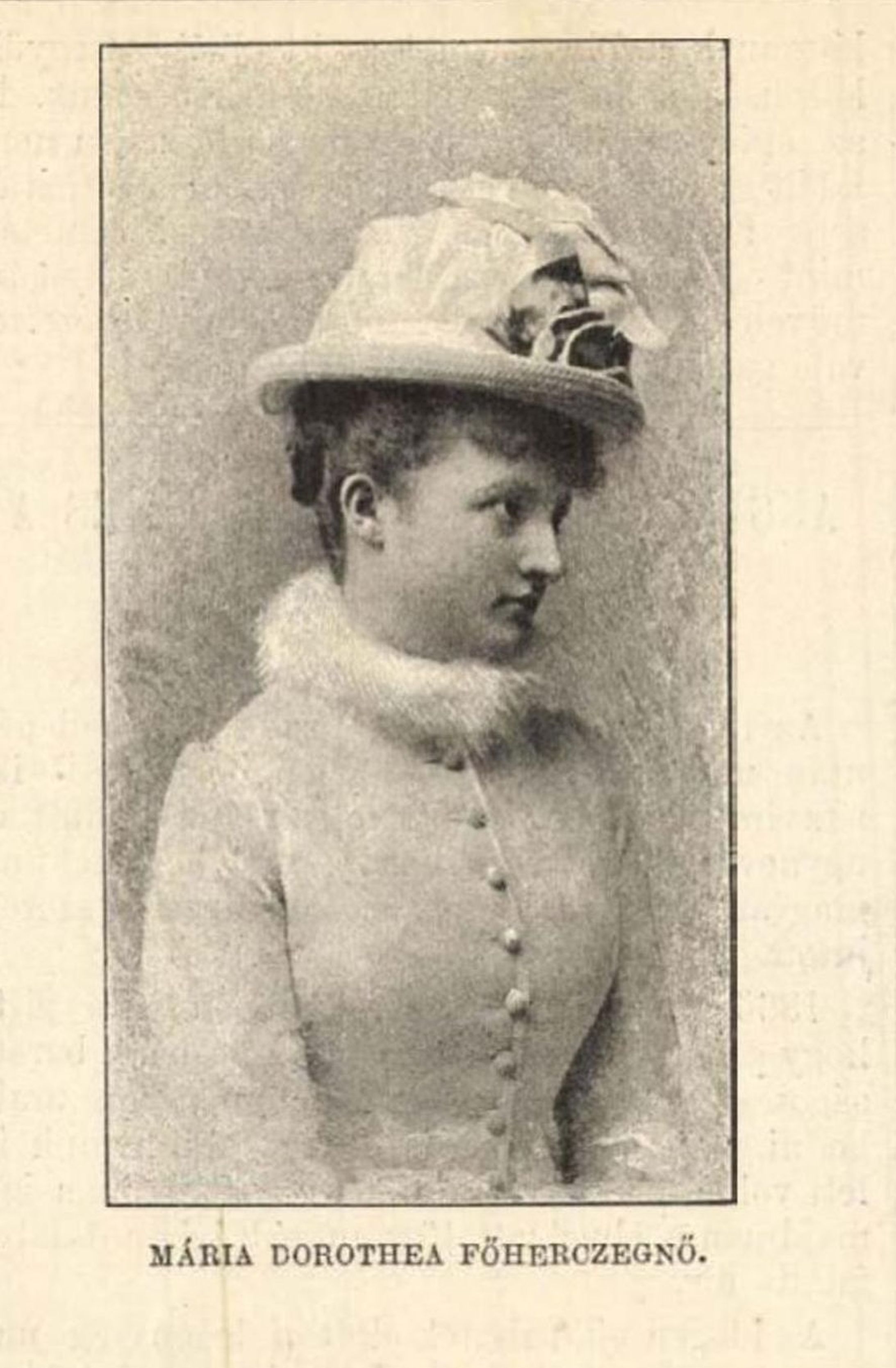
Portrait of Duchess Maria Dorothea from the 12 January 1890 issue of the Vasárnapi Ujság
Herself made a significant contribution to the operation of the association, and even offered an embroidery she made, which brought the association 6,000 HUF in revenue as part of a fundraising auction. One of the main goals of the organisation was to provide accommodation for women teachers who are alone and have difficulty paying rent. As a result of donation and preparation, the Home of Hungarian Teachers was handed over in 1889 at - according to the contemporary numbering - 6 Orczy Road.
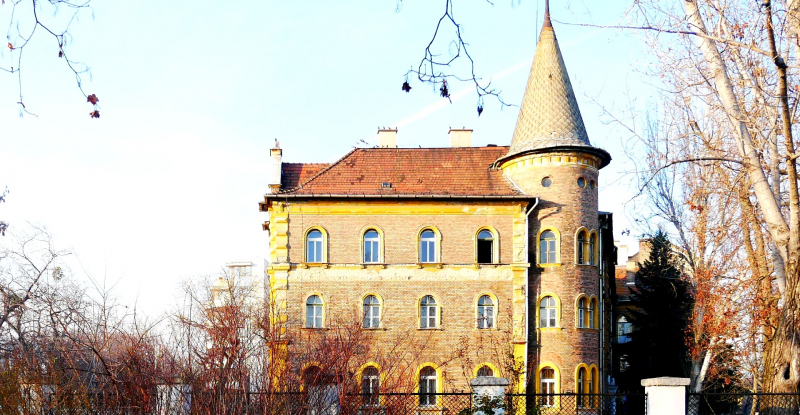
The building in December 2021 (Photo: Tímea Simon)

Duchesses Maria Dorothea and Margaret after the handover (Source: Vasárnapi Ujság, 12 January 1890)
The home was designed by József Pucher. The name of the architect is connected to several aristocratic palaces and an upscale residential house in Pest, one of the best-known works of his is the construction of the present home of the Metropolitan Ervin Szabó Library in Budapest, the former Wenckheim Palace. He also gave his best in this building. It has a kitchen, a large storage room for storing food, a pantry and other restrooms. On the mezzanine, an office and a common lounge were set up, both of which had a library section, which had thousands of volumes at the time of its opening and expanded as a result of donations.
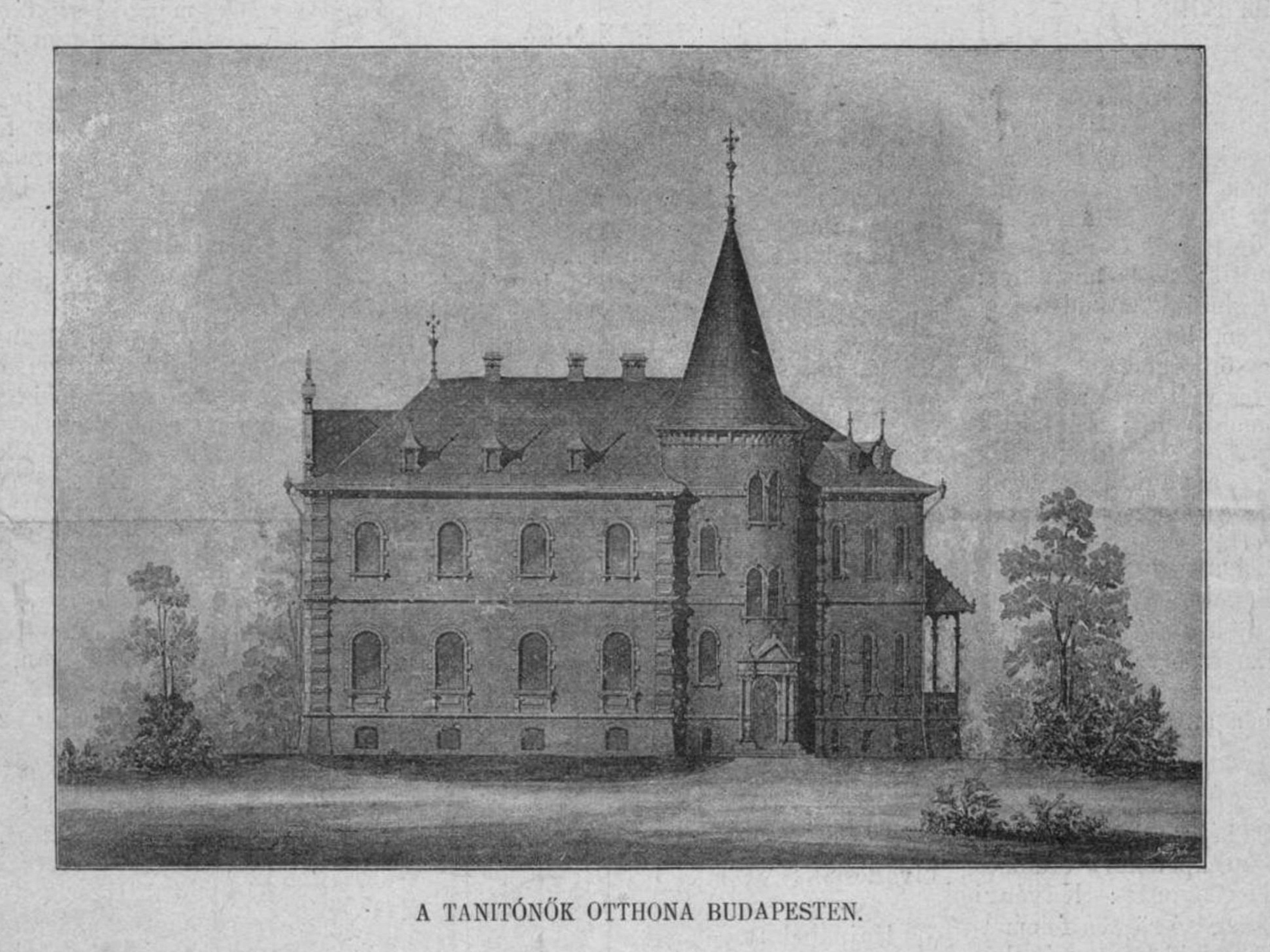
Drawing from the 6 June 1889 issue of Ország-Világ
The floor provided space for the bedrooms, all rooms were single. On this level, a bathroom was also set up, which could be used by two teachers at the same time. When it opened, the home was able to accommodate 14 women teachers, which had already proved scarce by then. Fortunately, the plot was large enough to build more wings to accommodate more people.
In the area overlooking Orczy Road, expansion began in 1910. This part of the building already had two floors, and the main entrance was moved from the bottom of the tower to the centre of the new wing. As a result of the work, the home already had 35 rooms, providing permanent accommodation for 40 people, but it was also suitable for women teachers from the countryside to spend a few nights in the house. During the expansion, a large common dormitory was also set up to accommodate any further increase in people. By the way, most of the residents were already mostly retired teachers during this period, with a few staff members available during the day to care for them as needed.
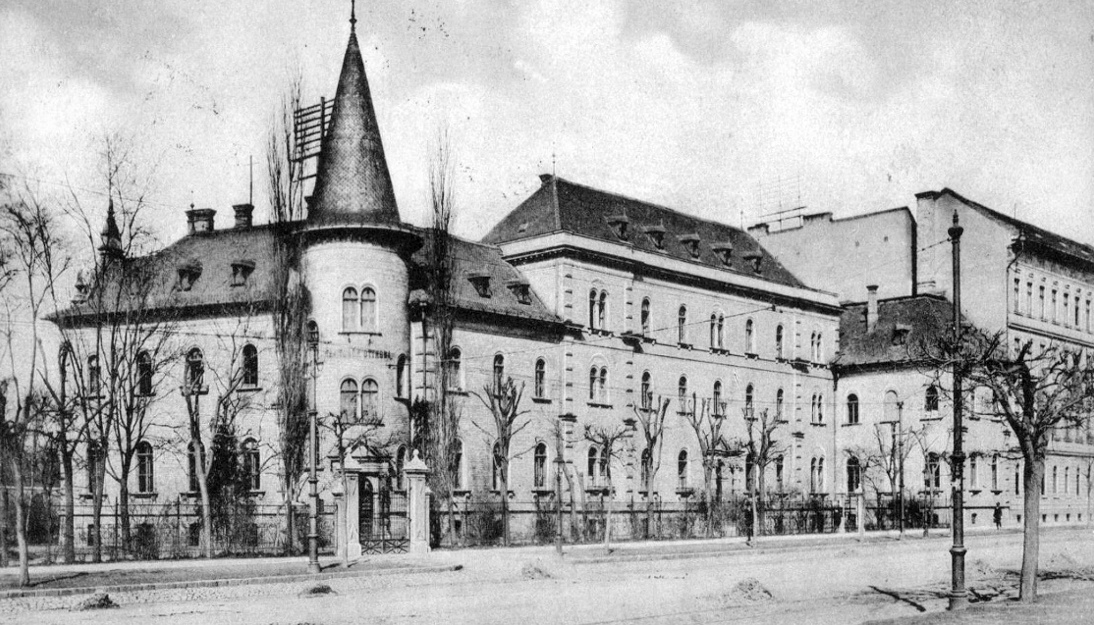
The building from Orczy Road after 1910 (Source: Ferencváros Local History Collection)
The building gained its present form in 1935, and the Association celebrated its 50th anniversary that year. The organisation, which boasts many thousands of members, has initiated new construction with the help of contributions from the capital and the state. Master builder Nándor Morbitzer was commissioned to adapt the original part of the building, the tower and its tract, to the two-storey wing. With this, the idea was realised that the Maria Dorothea Association would prepare in-service training, educational lectures and its own publications for women teachers in Hungary under modern conditions.
In 1948, the disintegration of non-governmental organisations founded in the civilian system began, and the Maria Dorothea Association could not escape its fate, and as was a natural consequence at the time, the nationalisation affected the homes of teachers. It was first used as a dorm, then a kindergarten was opened, and finally in 1954 the Slovak Primary and High School moved here. There was also a girls' dormitory on a separated part of the first floor.
After the change of regime, the ancient walls witnessed several school changes, in 1993 the Deák Square Primary School moved in, and its name was soon changed to Deák Diák School. Even today, there is an educational institution in the former teacher shelter: since 2013, it has been an international middle-level, preparatory school for university. From the point of view of cityscape and, of course, cultural history, it is a pleasing fact that the building, which opened 132 years ago, is still there and, due to its constant use, the horror of a possible demolition will certainly not threaten it for a long time.
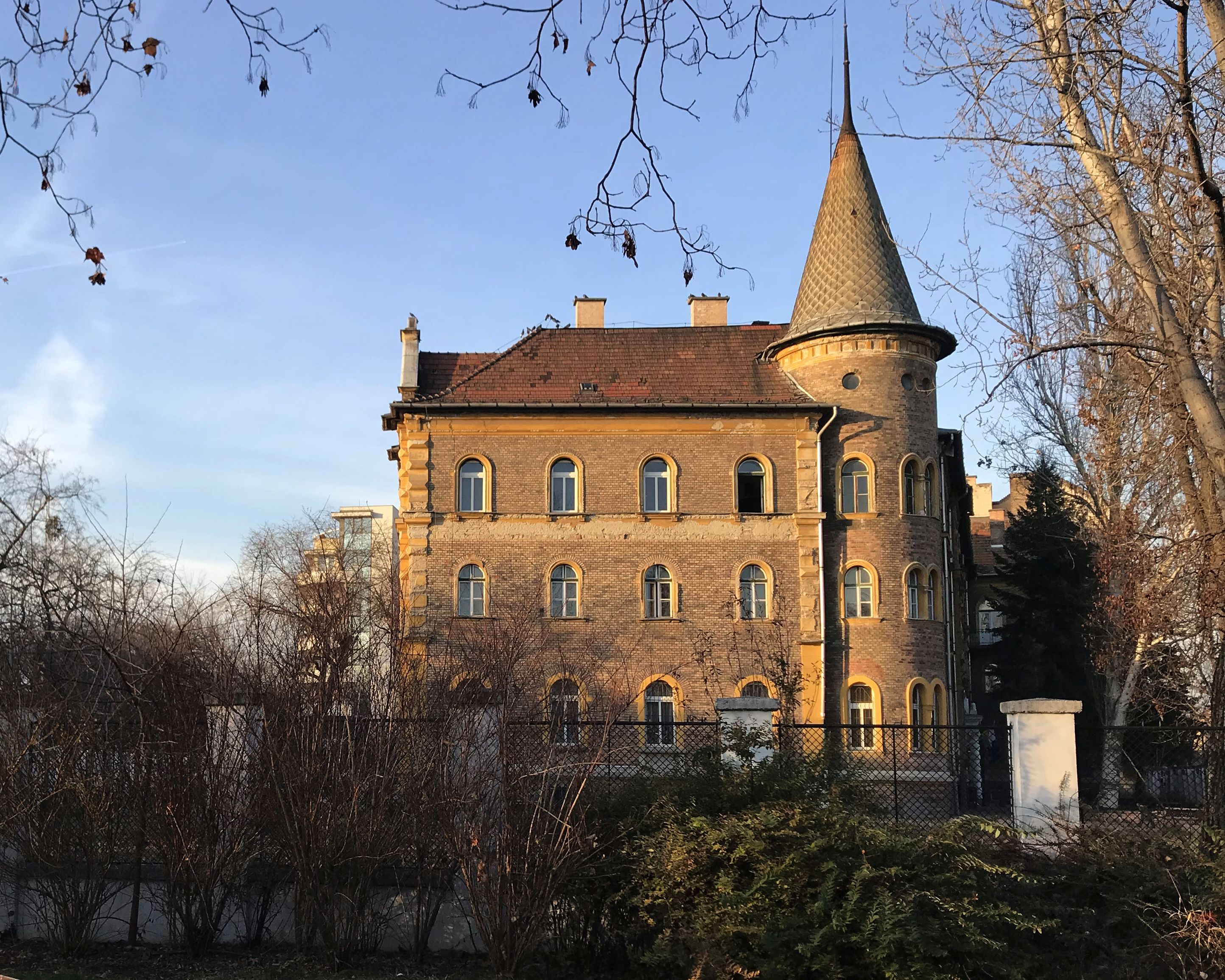
The building in December 2021 (Photo: Tímea Simon)
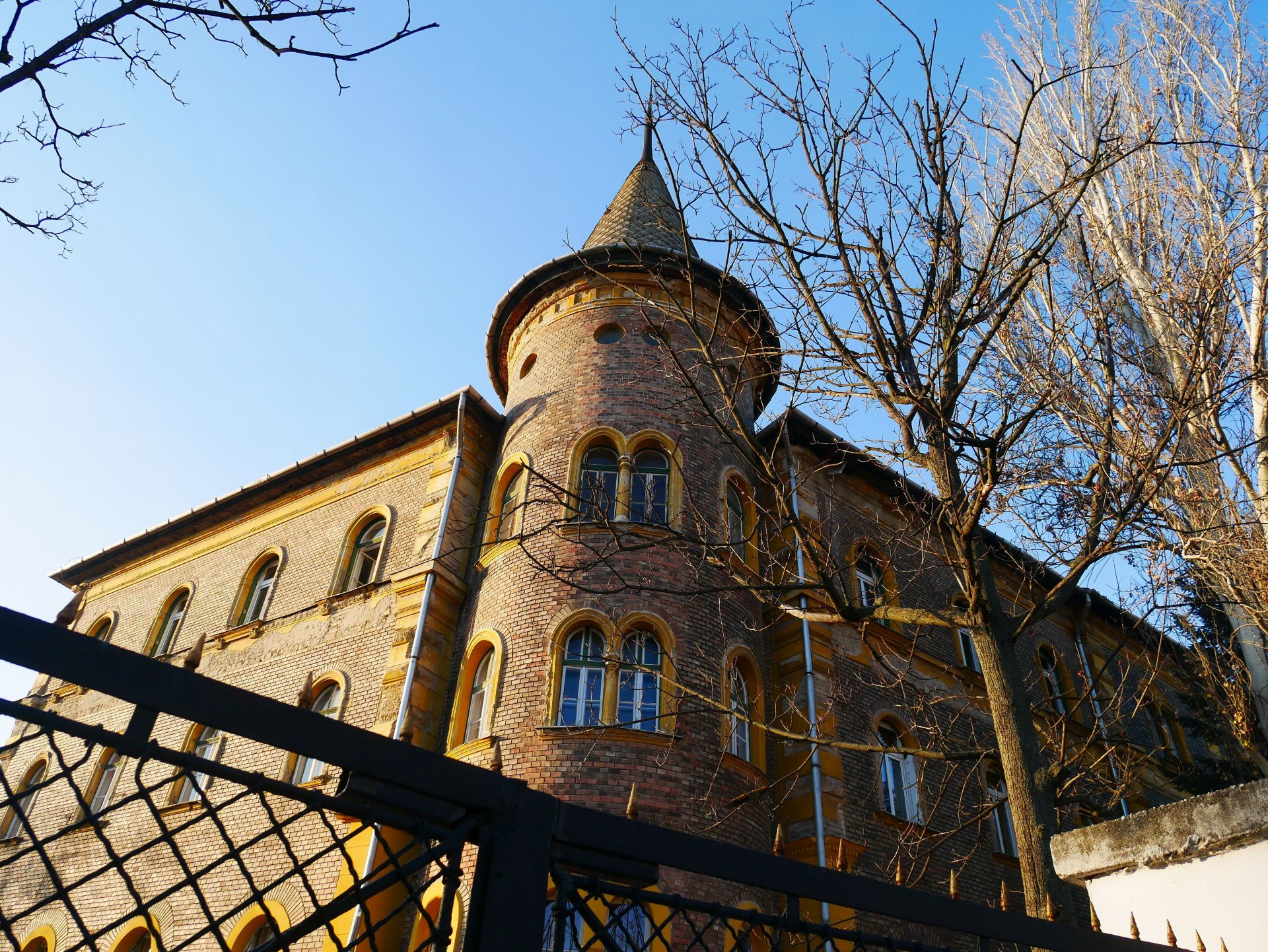
The building in December 2021 (Photo: Tímea Simon)
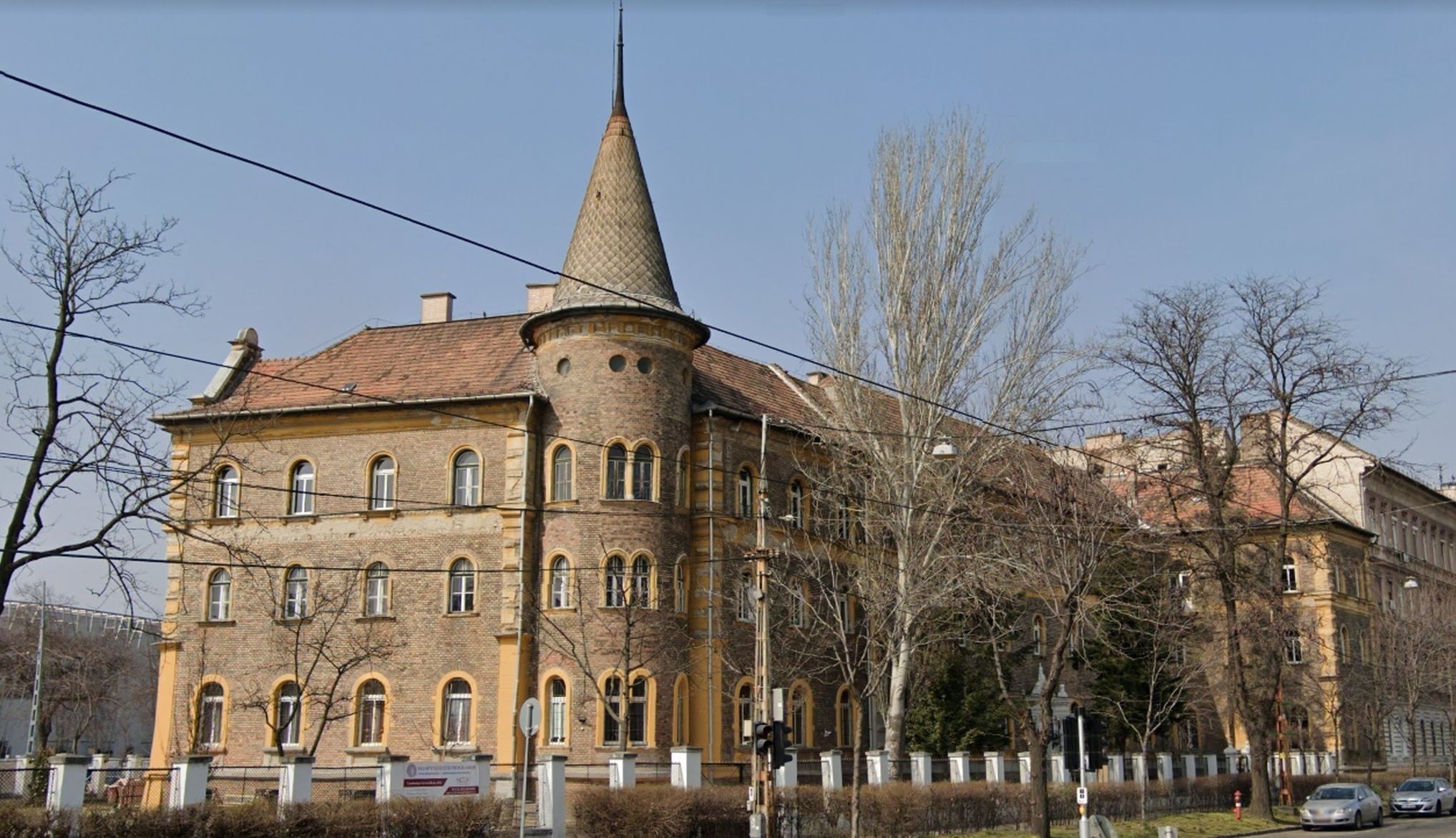
The building from Orczy Road (Photo: Tímea Simon)
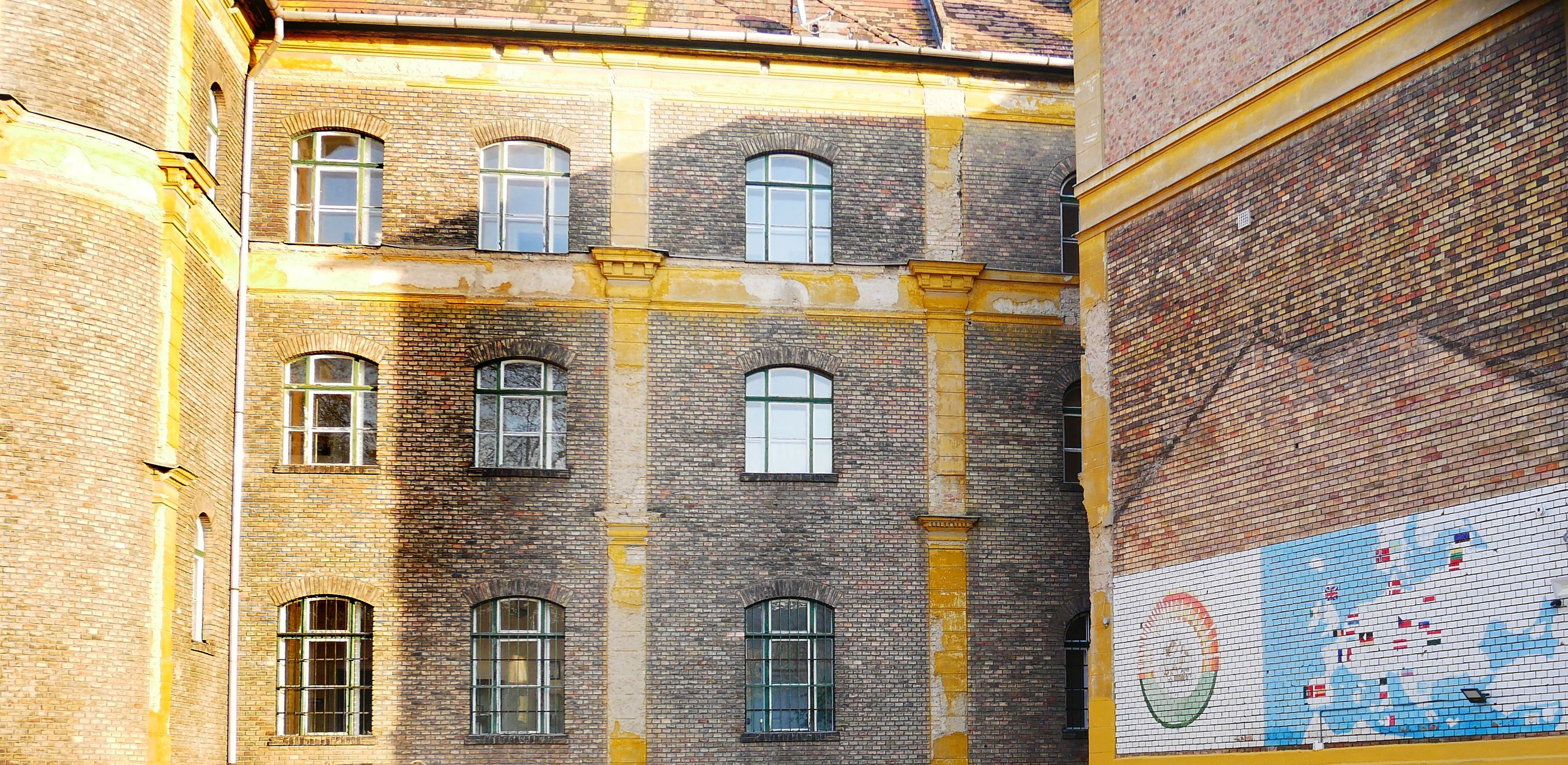
The rear tract of the building in December 2021 (Photo: Tímea Simon)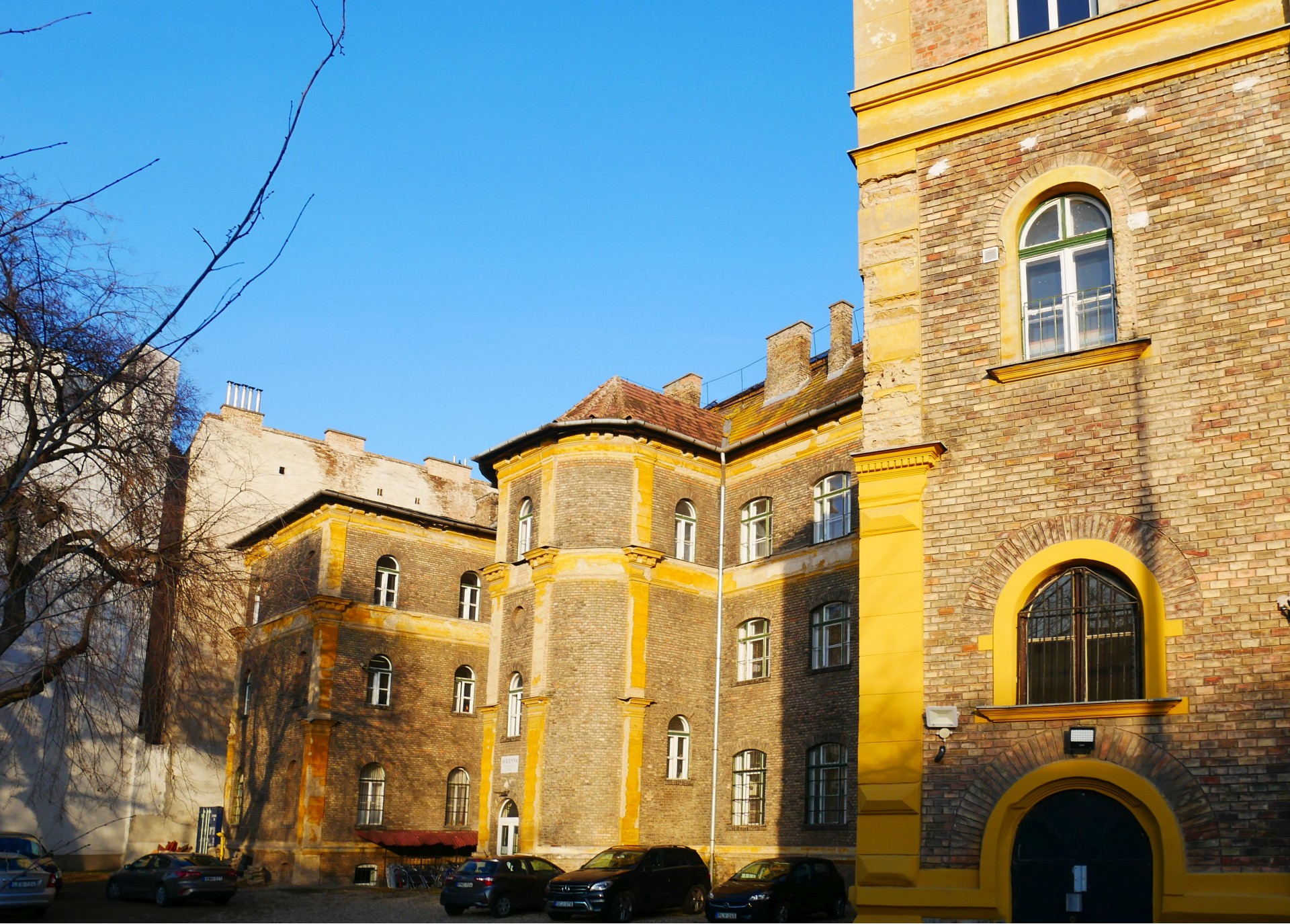
The rear tract of the building in December 2021 (Photo: Tímea Simon)
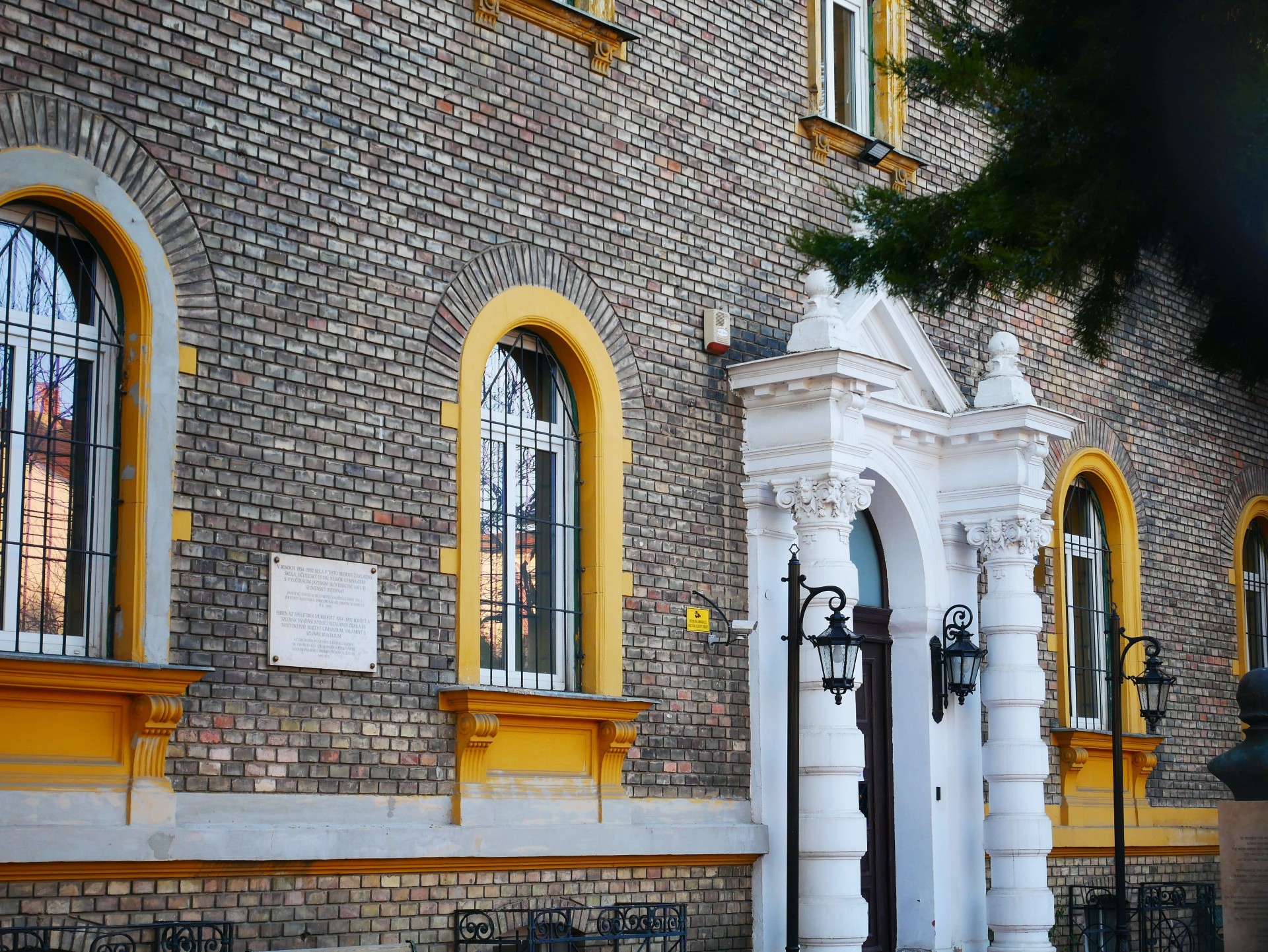
Today's main entrance, the memorial plaque of the Slovak-language schools between two windows (Photo: Tímea Simon)
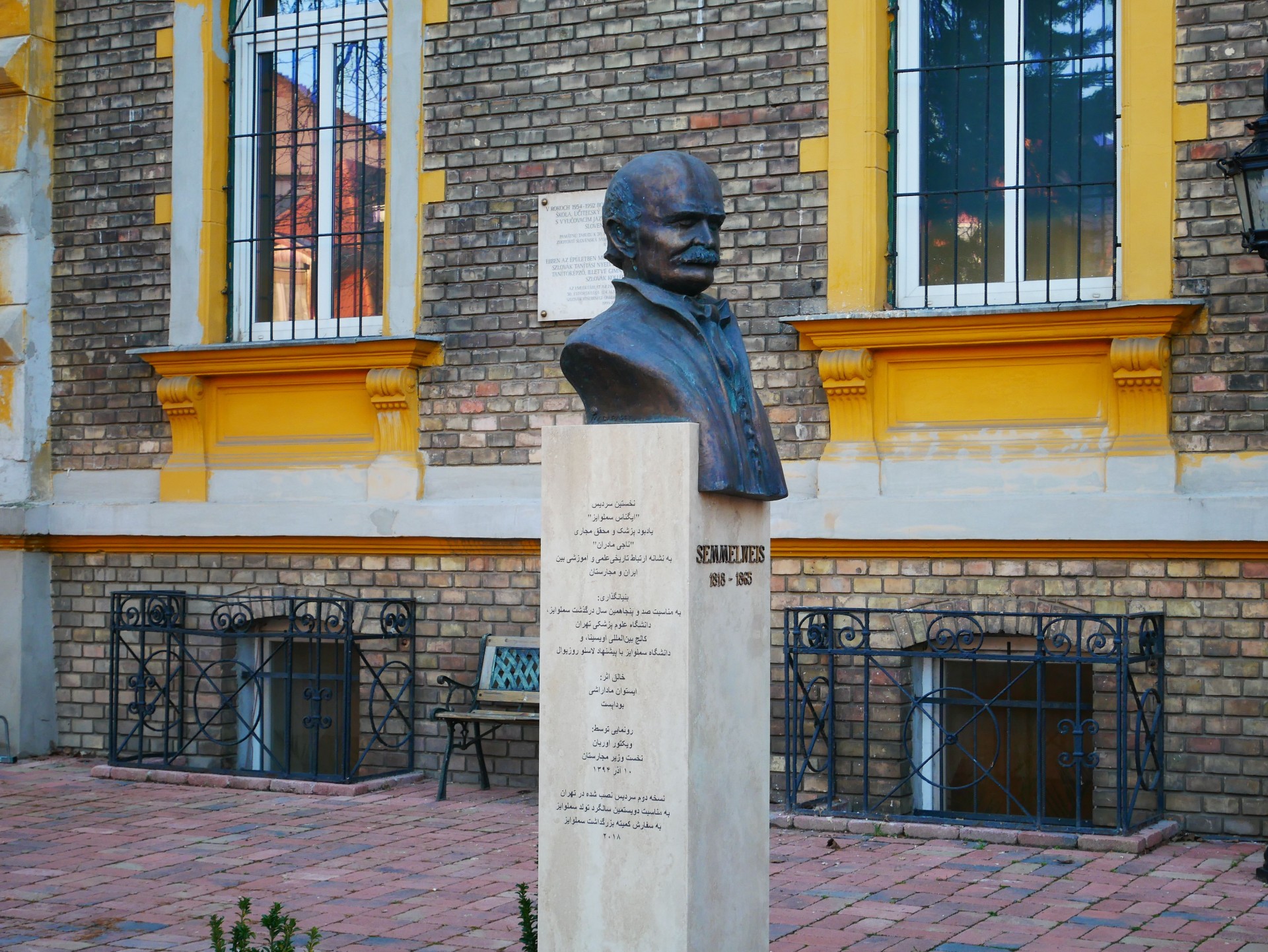
Bust of Ignác Semmelweis at the main entrance of the school, where foreigners preparing for the Hungarian Medical University are taught (Photo: Tímea Simon)
Cover photo: The building on a graphic drawing by Gyula Háry, made in 1890 (Source: Vasárnapi Ujság, 12 January 1890)

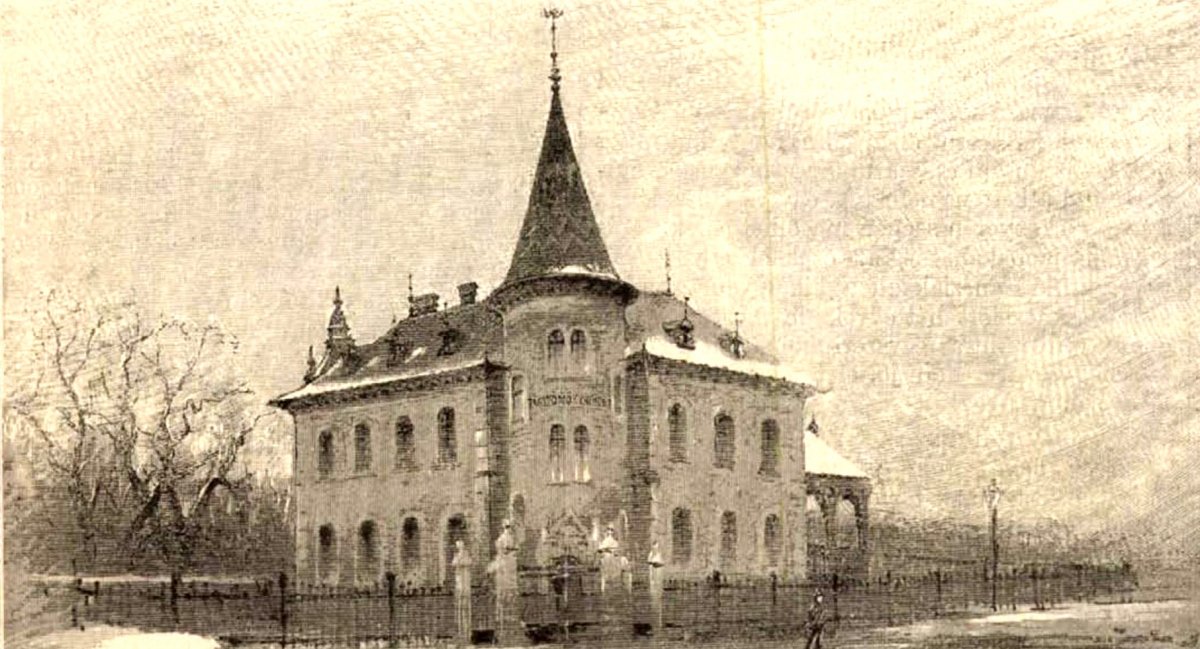


































Hozzászólások
Log in or register to comment!
Login Registration